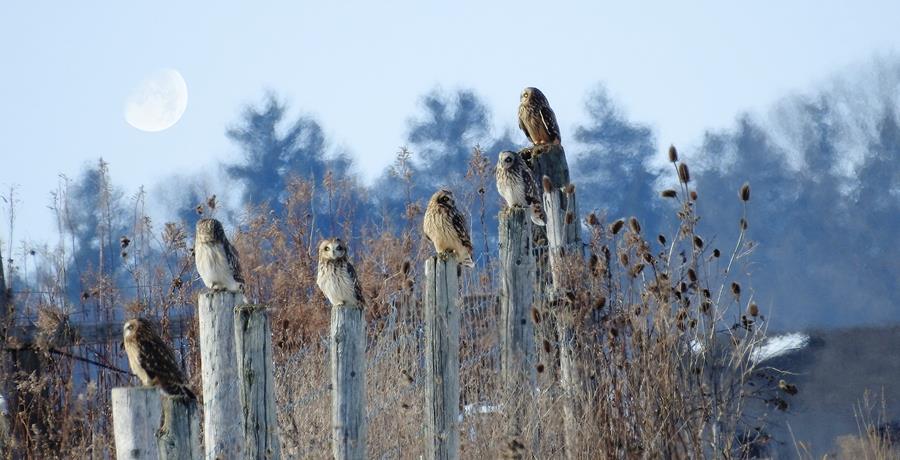
Bonjour,
Alors que l’hiver s’installe, nous espérons que vous continuez d’accueillir sa beauté vivifiante. Nous vous souhaitons un joyeux temps des Fêtes et un magnifique début d’année! Ensemble, poursuivons notre travail de protection des lieux et des espèces qui nous sont chers tandis que la nouvelle année s’ouvre sur une année percutante.
L’initiative KBA Canada a réalisé d’importants progrès dans le processus collaboratif visant à identifier toutes les KBA du pays, qui sont déjà au nombre de 211, nombre qui continue de croître chaque mois, alors que d’autres sites sont reconnus dans des publications. Parmi les sites canadiens récemment identifiés, on trouve le deuxième écosystème canadien KBA, le système dunaire des Grands Lacs . Il s’agit d’un écosystème rare et en danger à l’échelle mondiale dans la Long Point Peninsula and Marshes KBA. Other sites include La KBA du parc national des Prairies et de la région, qui héberge plus d’un tiers de la population de bison des plaines (Bison bison bison) au Canada, et la La Muraille KBA, , qui abrite environ la moitié de la population mondiale de l’arabette du Québec (Boechera quebecensis). La désignation de ces sites en tant que KBA marque une étape de plus vers la reconnaissance et la préservation de toute l’ampleur et la richesse du patrimoine naturel canadien. Faites défiler ce courriel jusqu’en bas pour consulter la liste complète des sites récemment ajoutés au site Web de KBA Canada.
La couche KBA est maintenant disponible en tant que service cartographique Web! Pour accéder à cette version des données KBA, écrivez-nous à kba@kbacanada.org.
Annonce des gagnants du concours photo KBA 2024
Le concours photo KBA 2024 a vu le nombre de soumissions doubler par rapport à l’an dernier, montrant une grande variété de KBA, d’espèces et d’écosystèmes! Un grand merci à toutes les personnes ayant soumis des images pour le concours de cette année. Pour consulter les images gagnantes et les images coup de cœur du concours de cette année, visitez le site Web de KBA Canada.!
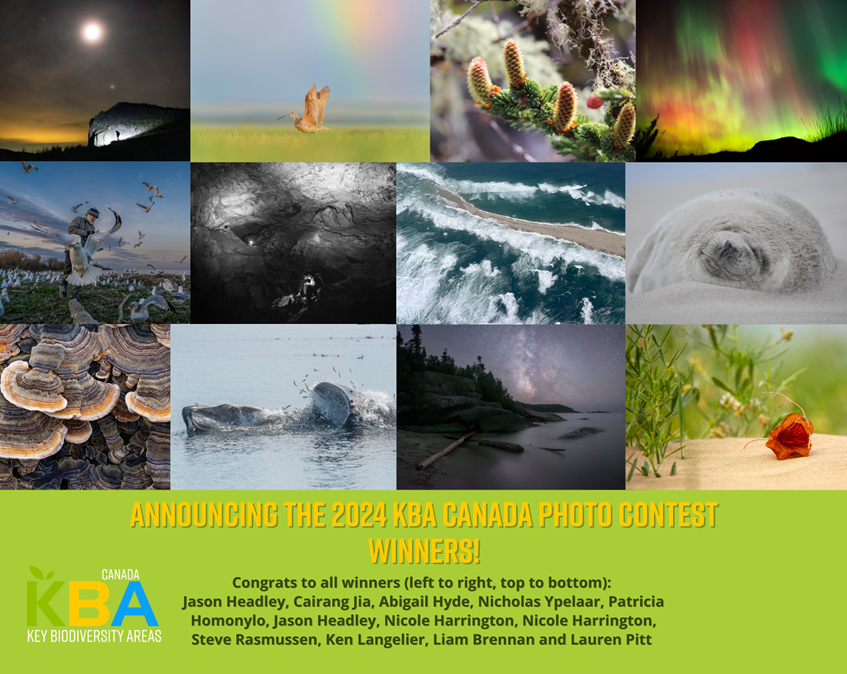
Rapports à consulter
La L’état des populations d’oiseaux du Canada, maintenant accessible sur le site Web d’Oiseaux Canada, procède à une évaluation des populations de 463 espèces d’oiseaux fréquemment retrouvés au Canada. Des constats troublants émergent de ce rapport. Les oiseaux de prairies subissent le déclin le plus marqué, soit une baisse de population de 67 % depuis 1970. D’autres groupes, comme les oiseaux marins, les insectivores aériens et les migrateurs de longue distance font également face à des défis de taille. Toutefois, certaines populations de sauvagine, d’oiseaux de proie et d’oiseaux de milieux humides ont augmenté depuis 1970, ce qui représente un rétablissement par rapport aux baisses précédentes. La perte d’habitat s’impose comme une menace majeure pour nombre de ces groupes. L’occasion est donc renouvelée de souligner l’importance du programme KBA visant à soutenir les populations d’oiseaux en difficulté. Nous vous invitons à consulter le rapport et à le diffuser autour de vous.
Les résultats du sondage auprès des utilisateurs finaux KBA de 2023 intitulé"What We Heard: Results and Next Steps from the Key Biodiversity Area Information-User Survey” détaillent les conclusions dégagées à la suite de près de 200 entrevues avec des professionnels œuvrant en conservation et avec des utilisateurs finaux potentiels de l’information KBA partout au pays. Le sondage visait à mesurer la perception des KBA, à explorer leur rôle dans les politiques et la conservation et à cerner les avenues d’amélioration du programme KBA Canada. Les résultats font ressortir un optimisme fort quant à la capacité qu’offrent les KBA d’orienter la conservation de la biodiversité étant donné la méthodologie rigoureuse et scientifique et l’approche exhaustive qui caractérisent le programme. Soulignons toutefois que les résultats font aussi état d’angles morts dans les processus KBA, les critères utilisés et la participation autochtone. Les recommandations comprennent : l’augmentation du rayonnement du programme et de la communication au sujet du processus de KBA, la mobilisation des populations autochtones via les réseaux sociaux et par des ateliers, la mise en lumière de la valeur unique et du caractère complémentaire des KBA comparativement à d’autres outils de conservation et la conclusion de nouvelles collaborations pour faire connaître les KBA auprès des gouvernements. KBA Canada a détaillé des mesures concrètes sur la base de ces recommandations et ce rapport établit des valeurs de référence qui permettront de mesurer l’évolution de la perception des KBA et d’orienter les stratégies à venir.
L’équipe KBA sur le terrain
Plus tôt en 2024, la campagne « 30 Days of KBAs » (30 jours de KBA), qui a permis à l’équipe de KBA Canada et d’organisations partenaires de présenter pendant trente jours au mois de mai des sites et des espèces KBA sur les réseaux sociaux, a suscité un vif engouement sur Instagram et X (anciennement Twitter). L’initiative a nourri la collaboration entre l’équipe KBA mondiale et les partenaires canadiens comme WCS Canada, Oiseaux Canada et la CCN. D’autres partenariats publics de l’équipe KBA incluent celui conclu avec l’organisme City Nature Challenge, qui a tenu un événement de type bioblitz dans la KBA candidate du Lac Deschênes–Rivière des Outaouais et des activités d’échantillonnage par les participants dans plusieurs autres KBA urbaines et semi-urbaines partout au pays. Cet été à Vancouver, un fort contingent d’équipes KBA de WCS Canada et de BC Nature a également participé aux rencontres du Congrès nord-américain de biologie de la conservation (North American Congress for Conservation Biology). Trois présentations y ont souligné le travail accompli sur les KBA et le lien entre les KBA, le Cadre mondial de la biodiversité et les stratégies nationales, auxquelles se sont ajoutées une séance interdisciplinaire sur les valeurs et les priorités KBA. Le mois de juin a vu les membres des équipes KBA de WCS Canada et d’Oiseaux Canada participer à un atelier sur la KBA du littoral de l’est de la baie Georgienne avec la participation de membres de différentes Premières Nations à Wasauksing, en Ontario.
Récits en lumière
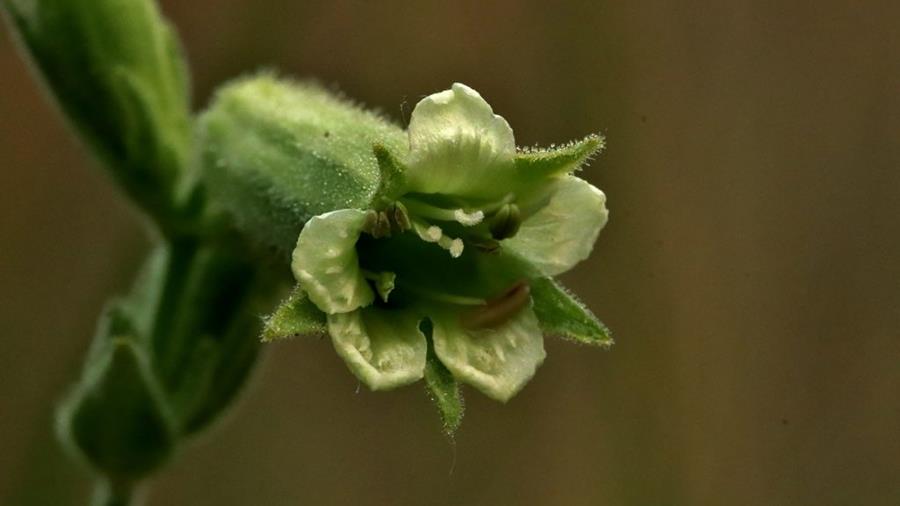
Le silène de Spalding est l’une des plantes les plus rares au Cadana, et le seul endroit au Canada où elle pousse se trouve dans la zone clé pour la biodiversité de Yaq̓it ʔa·knuqⱡi’it – Tobacco Plains dans le sud-est de la Colombie-Britannique. Apprenez-en plus sur cette plante, la KBA et le travail mené pour sauvegarder ses semences dans ce billet de blogue rédigé par Ian Adams, coordonnateur des KBA pour la Colombie-Britannique.
Nouvelles de l’équipe EBAR
La cartes de répartition automatisées par écosystèmes (EBAR) de NatureServe Canada a réalisé d’importants progrès en 2024, dont l’étoffement de la base de données EBAR-KBA avec des données issues de tous les centres de données sur la conservation au Canada, ainsi que des données de géolocalisation réelles des espèces prioritaires pour iNaturalist.ca. Un grand ménage de la base de données a également été effectué, par lequel on a repéré plus de 1,5 million de doublons. La base de données contient maintenant environ 36 millions de points, 5,2 millions de polygones et 1 600 lignes. À ce jour, 270 spécialistes ont participé à la révision des cartes EBAR; on compte maintenant 760 cartes publiées sur le site Web EBAR, , dont 594 portent sur les espèces prioritaires KBA. L’équipe EBAR cherche présentement des spécialistes externes pour réviser les cartes de répartition des espèces prioritaires en collaboration avec KBA Canada et Environnement et Changements climatiques Canada. Les personnes intéressées à réviser les cartes EBAR peuvent signaler leur intérêt à l’équipe EBAR de NatureServe Canada à l’adresse EBAR-KBA@natureserve.ca.
Souhaitons la bienvenue à un nouveau membre de l’équipe KBA d’Oiseaux Canada
Oiseaux Canada a récemment intégré David Browne en tant que vice-président principal à la Conservation et aux politiques. Il prendra la tête de l’équipe KBA d’Oiseaux Canada, entre autres responsabilités. En tant que professionnel de la conservation, il s’efforce depuis plus de 20 ans de traduire les connaissances scientifiques en stratégies concrètes de protection des espèces et des habitats. Son travail s’articule dans des initiatives de conservation à l’échelle locale, nationale et internationale. Avant de se joindre à l’équipe d’Oiseaux Canada, David a dirigé un programme de conservation à la Fédération canadienne de la faune et a agi comme analyste des politiques fédérales pour les espèces en péril et les oiseaux migrateurs au Service canadien de la faune. Il détient une maîtrise en politique environnementale, une maîtrise en sciences de la terre ainsi qu’un doctoral en biologie. David est enthousiaste à l’idée d’intégrer l’équipe de KBA Canada et de contribuer à la conservation des zones clés pour la biodiversité pour les prochaines générations.
À venir :
Si la conservation dans la région de Kootenay, en Colombie-Britannique, vous intéresse, assistez à la série de webinaires sur la gestion de la biodiversitéorganisée par le Columbia Mountains Institute of Applied Ecology et le Kootenay Conservation Program. Les sujets couverts comptent les KBA dans la région du Kootenay (présentation d’Ian Adams, coordonnateur des KBA pour la Colombie-Britannique), les graminées et le blaireau, les corridors de biodiversité et la transmission de pratiques de gestion dans différentes cultures.
La KBA du mois de décembre
Nom : Christmas Hill
Emplacement : Sud de la péninsule de Saanich sur l’île de Vancouver, en Colombie-Britannique
Puisque c’est le temps des Fêtes, nous mettons en lumière le Swan Lake Christmas Hill Nature Sanctuary en tant que zone clé de biodiversité du mois! Situé dans la péninsule Saanich, sur l’île de Vancouver, ce sanctuaire urbain abrite le rare écosystème du chêne de Garry et abrite des espèces telles que le psilocarphe élevé Psilocarphus elatior; en voie de disparition selon le COSEPAC).Abritant l’une des seules quatre populations restantes de cette espèce au Canada, la KBA de Christmas Hill répond à la définition de KBA selon les critères nationaux A1a et B1.
Apprenez-en plus sur son importance écologique et son charme festif ici.
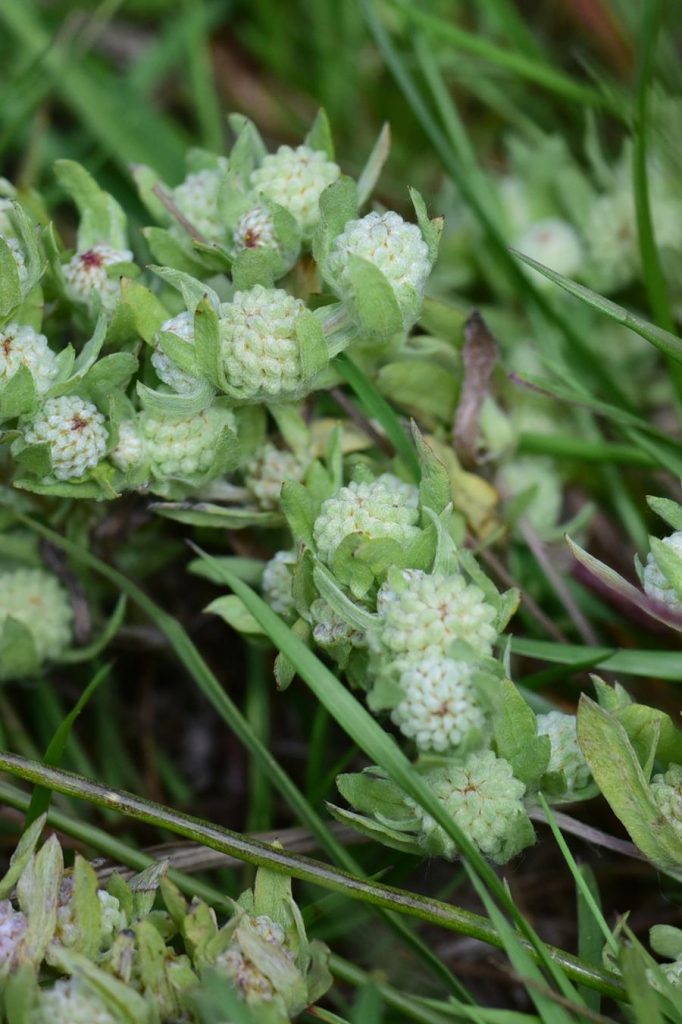
Espèce du mois
Nom : Cygne siffleur (Cygnus columbianus)
Habitat : Terres humides (arrière-pays), artificiel/terrestre
Le cygne siffleur (Cygnus columbianus) est un oiseau migrateur gracieux, connu pour son plumage immaculé saisissant et son air élégant. Cette espèce se reproduit dans la toundra arctique et passe l’hiver dans des régions plus tempérées, au grand plaisir des ornithologues amateurs, qui se ravissent de son cri caractéristique et de ses vastes nuées. Classifié « préoccupation mineure » selon le statut mondial de l’UICN, le cygne siffleur prospère dans ses aires de répartition. Les individus se rassemblent régulièrement en groupes d’importance à l’échelle nationale et internationale lors de leur migration sur des sites comme le delta des rivières de la Paix et Athabasca et l’extrémité ouest du Lac Ontario.
Apprenez-en plus sur cet oiseau majestueux ici
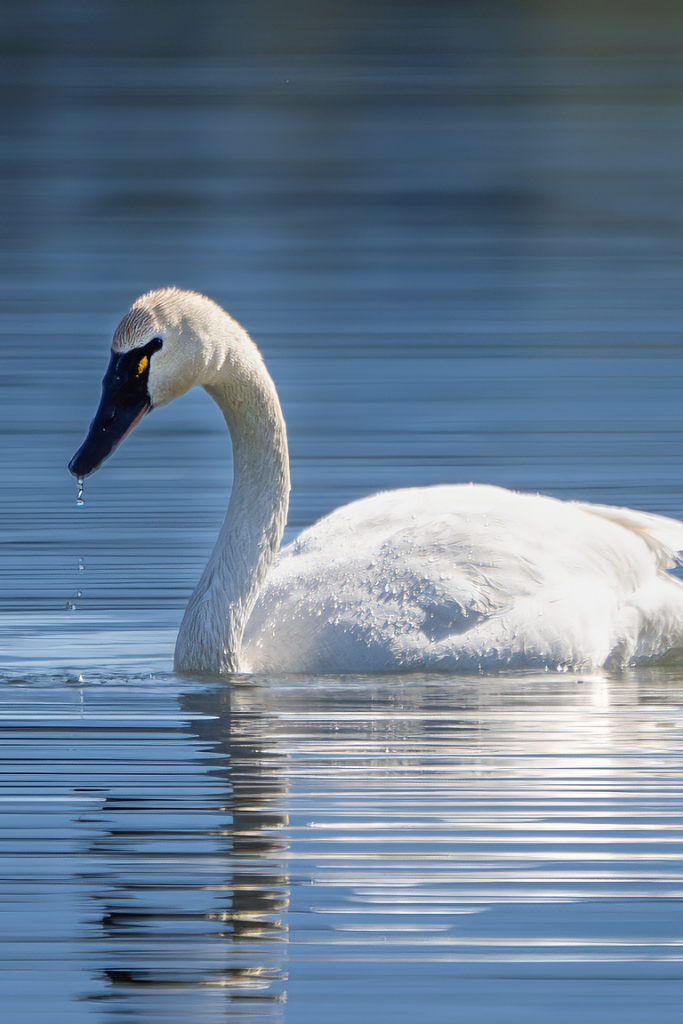
Nouveaux sites KBA
Nous sommes toujours à la recherche d’autres histoires sur les KBA et les espèces fascinantes qui s’y trouvent. Si vous avez une histoire à nous raconter au sujet d’une KBA ou si vous aimeriez nous présenter une espèce KBA, écrivez-nous à KBA Canada..
Le programme KBA Canada est poussé par la collaboration. Si vous avez des questions ou désirez en apprendre plus, écrivez à Peter Soroye (coordonnateur de l’évaluation et du rayonnement des KBA) à l’adresse psoroye@wcs.org..